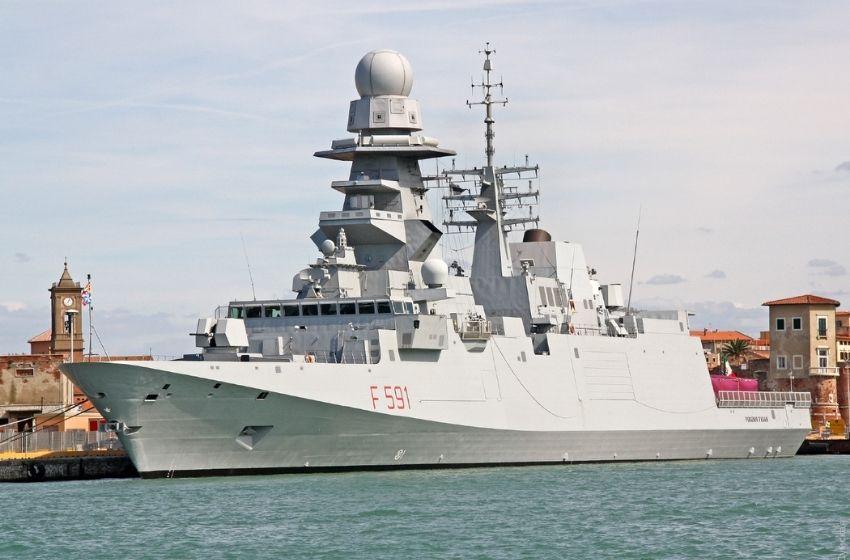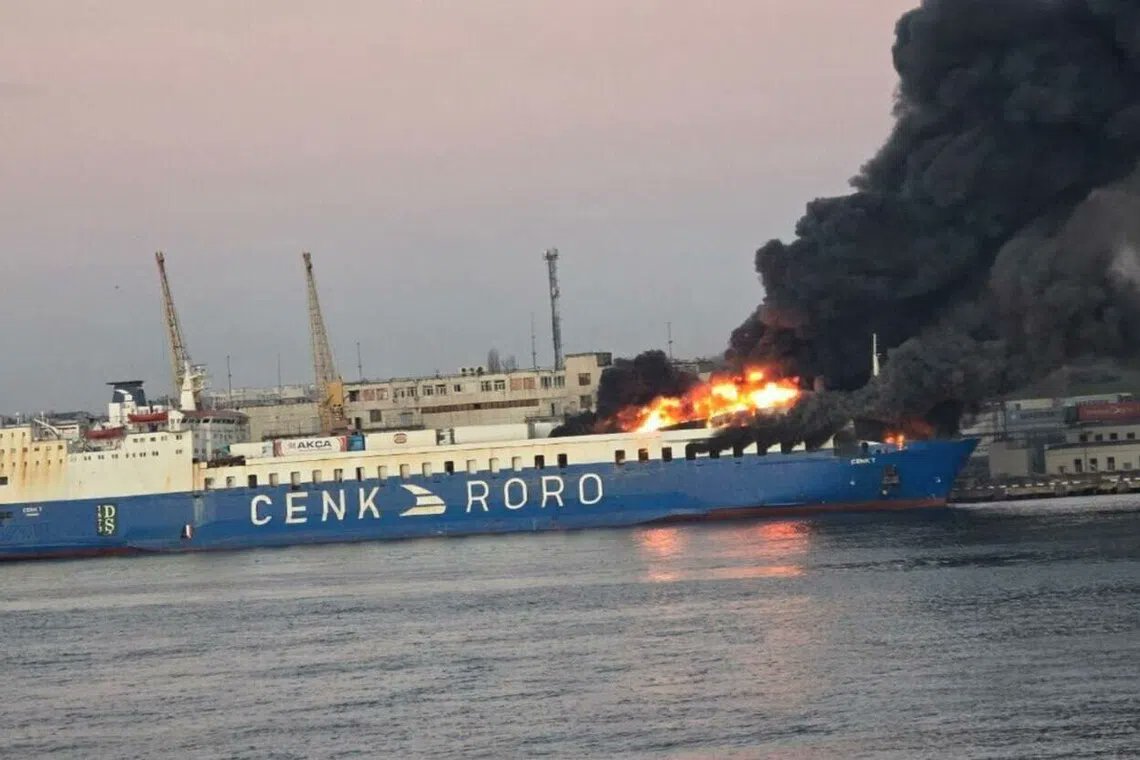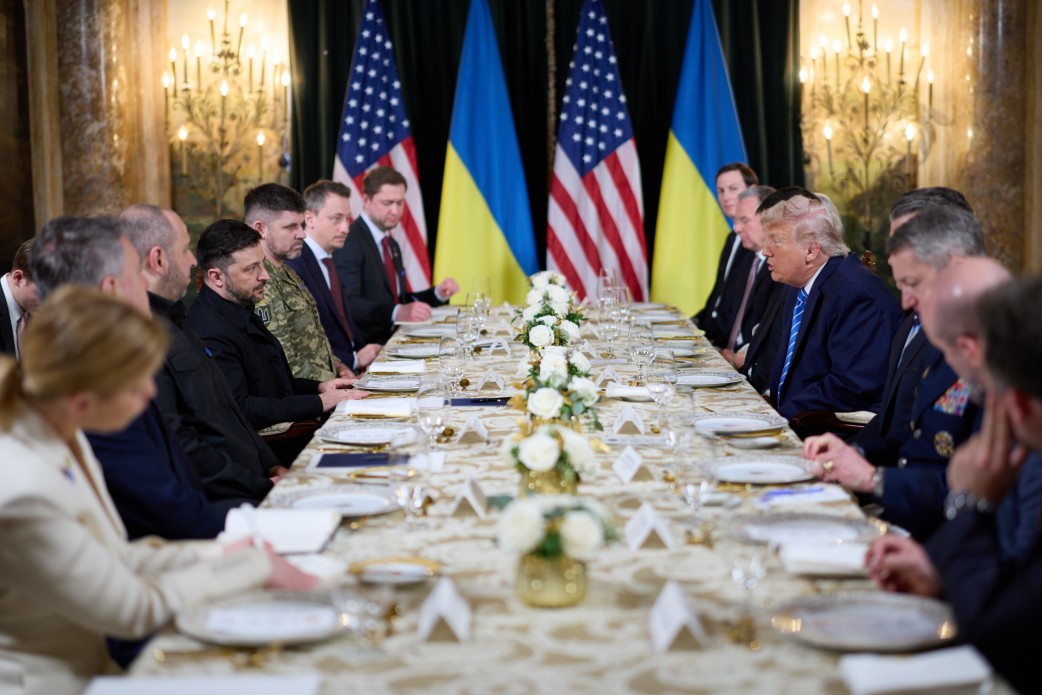The Russian Black Sea fleet is monitoring the Italian Navy missile frigate "Virginio Fasan", which entered the Black Sea to join "Sea Breeze 2021" navy maneouvres, according to the Russian news agency TASS.
The activities carried out by the Fasan ship in the Black Sea are part of the normal activities carried out under the control of the NATO Response Force (NRF), which operates under the command of the allied maritime component (Marcom Northwood).
In particular, the frigate Virginio Fasan, flagship of the Standing Nato Maritime group 2 (Snmg2) is participating in the multinational exercise 'Sea Breeze 2021″ underway, until July 10, in the North-Western Black Sea and Southern Ukraine.
The forces of the Black Sea Fleet have begun tracking the Italian Navy missile frigate Virginio Fasan which entered the Black Sea on 1 July.
TASS news agency
Currently, the Sea Breeze 2021 international military exercises (in which the anti-submission multi-mission frigate Virginio Fasan takes part, are underway in the Black Sea with the participation of Ukraine and NATO member states. The largest maneuvers for over 20 years will last up to to July 10. According to the data provided by the United States, the exercises involve 32 countries, about 5,000 soldiers, 32 warships, 40 aircraft and 18 units for land and sea special operations.
The maneuvers will see the participation of over 30 NATO countries. The second NATO Naval Group is a multinational naval group, one of the four permanent devices that make up the NRF. Nave Fasan and the other Snmg2 Units will ensure a continuous and visible presence and at the same time will increase cooperation relations with other regional partners.
[NATO exercises have] overtly anti-Russian implications. A deployment of this magnitude near Russian territory evokes a corresponding reaction on our part. Washington and its allies are systematically transforming the Black Sea from a space of cooperation into a military stalemate.
Maria Zakharova, Russian foreign ministry spokeswoman

Source: Analisi Difesa





















